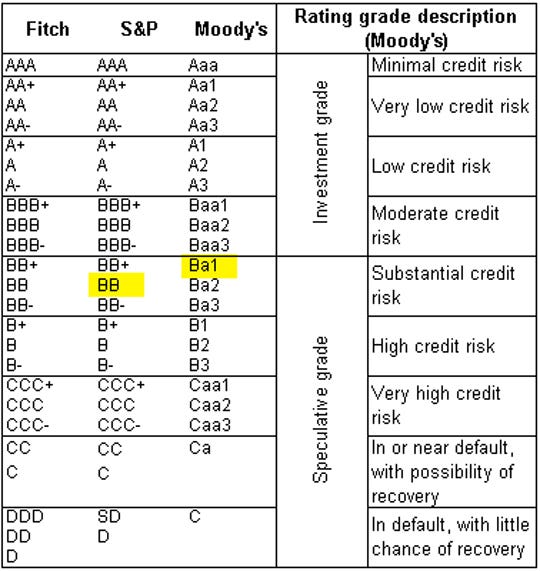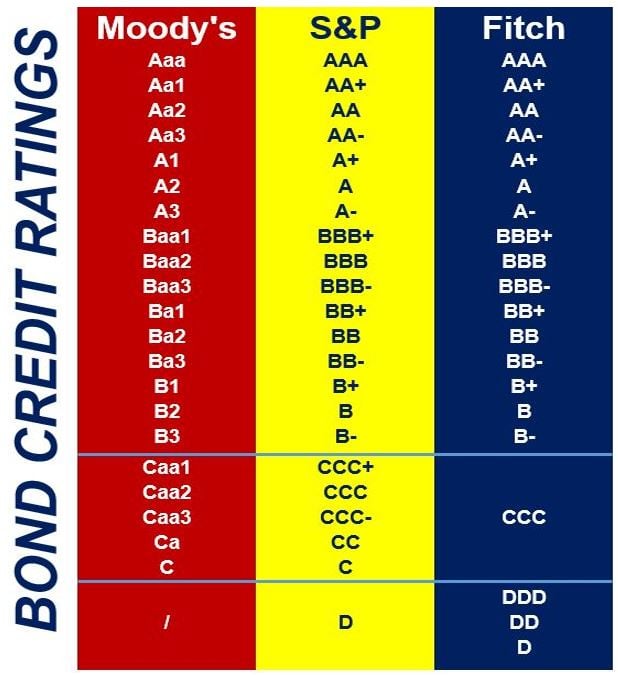

The higher the number, the more light transmitted without adding excessive amounts of heat. It provides a gauge of the relative efficiency of different glass or glazing types in transmitting daylight while blocking heat gains.
Light-to-solar gain (LSG)is the ratio between the VT and SHGC. The VT you need for a window, door, or skylight should be determined by your home's daylighting requirements and/or whether you need to reduce interior glare in a space. VT is expressed as a number between 0 and 1. A product with a higher VT transmits more visible light. Visible transmittance (VT) is a fraction of the visible spectrum of sunlight (380 to 720 nanometers), weighted by the sensitivity of the human eye, that is transmitted through the glazing of a window, door, or skylight. The ability of glazing in a window, door, or skylight to transmit sunlight into a home can be measured and rated according to the following energy performance characteristics: Note that air leakage also depends on proper installation of a window, which is assumed in all ratings. A product with a low air leakage rating is tighter than one with a high air leakage rating. Air leakage is the rate of air movement around a window, door, or skylight in the presence of a specific pressure difference across it. For more information about SHGC and windows, see passive solar window design. Your home’s climate, orientation, and external shading will determine the optimal SHGC for a particular window, door, or skylight. A product with a low SHGC rating is more effective at reducing cooling loads during the summer by blocking heat gain from the sun. A product with a high SHGC rating is more effective at collecting solar heat during the winter. The lower the SHGC, the less solar heat it transmits and the greater its shading ability. Solar heat gain coefficient (SHGC) is the fraction of solar radiation admitted through a window, door, or skylight - either transmitted directly and/or absorbed, and subsequently released as heat inside a home. The lower the U-factor, the more energy-efficient the window, door, or skylight. 
NFRC U-factor ratings, however, represent the entire window performance, including frame and spacer material. For windows, skylights, and glass doors, a U-factor may refer to just the glass or glazing alone. U-factor is the rate at which a window, door, or skylight transmits non-solar heat flow.These properties can be measured and rated according to the following energy performance characteristics: The solar radiation into a house, which is converted to heat when absorbed by building surfaces.Thermal radiation into a house and out of a house from room-temperature objects, such as exterior walls and windows, people, equipment, furniture, and interior walls.Direct conduction and convection heat transfer through the glass or multi-layer glazing and framing.Windows, doors, skylights can gain and lose heat through:






 0 kommentar(er)
0 kommentar(er)
